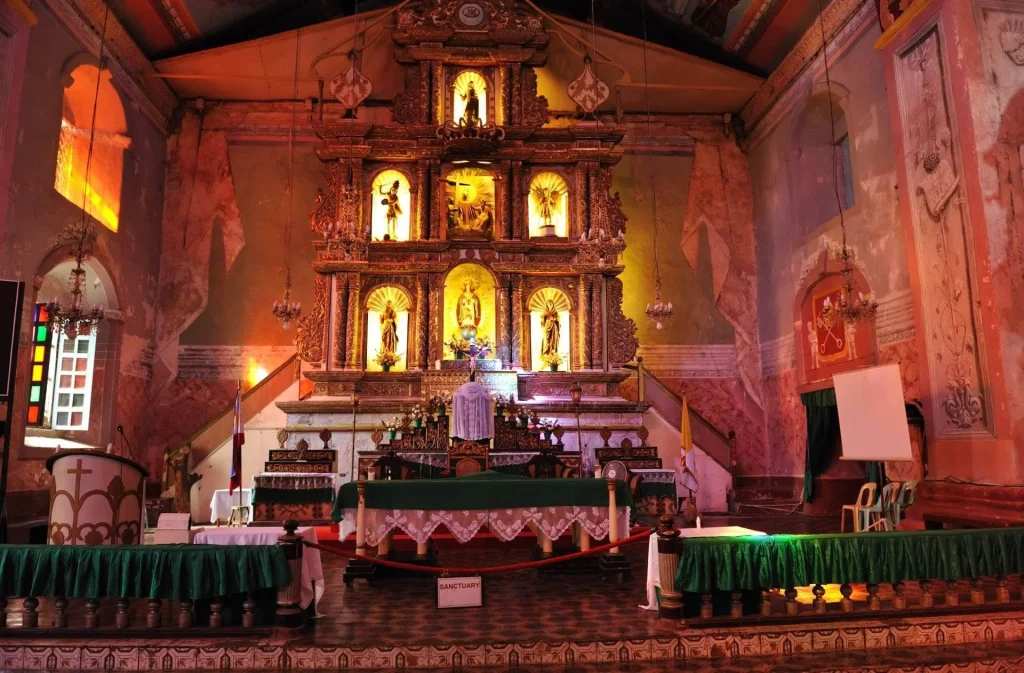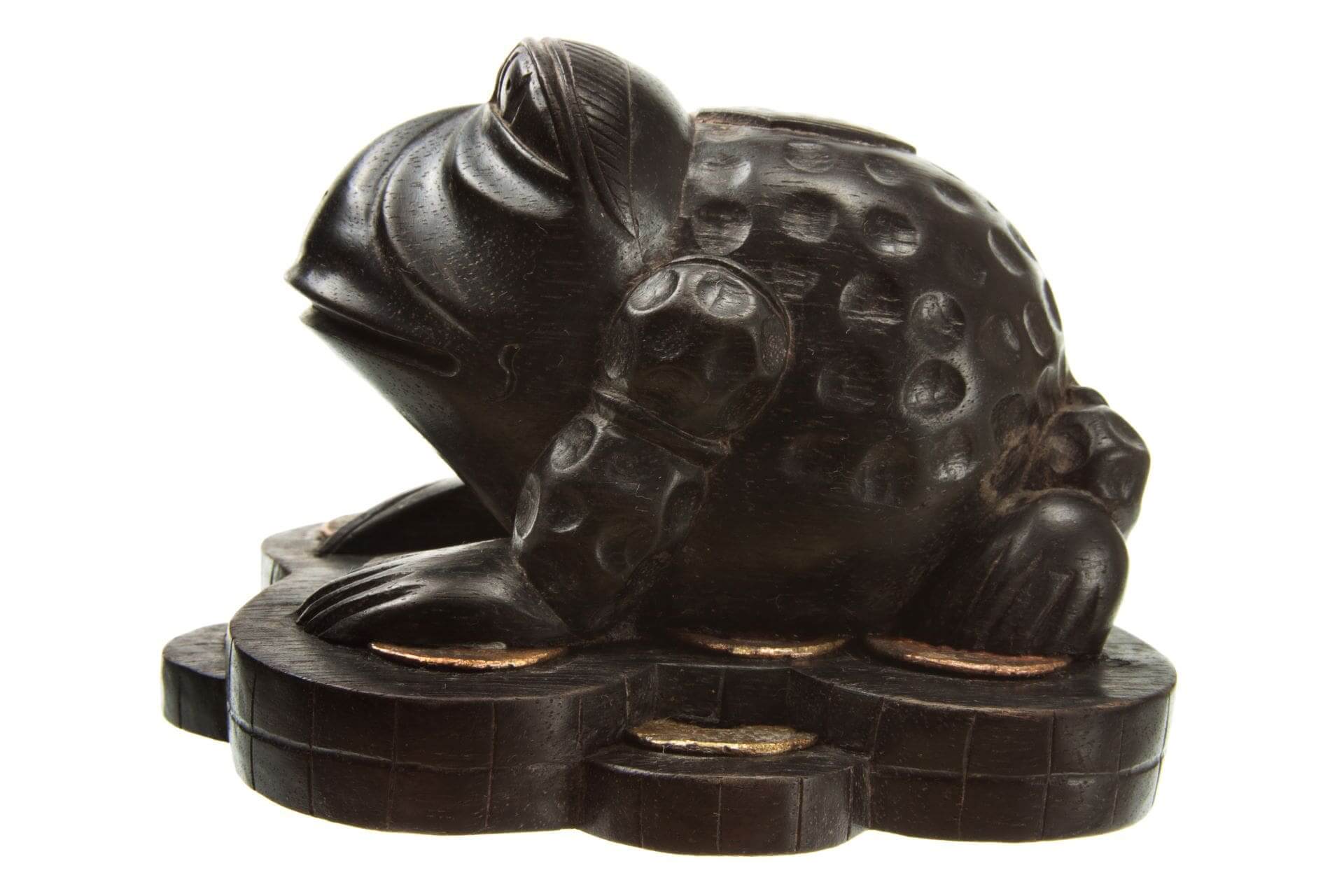The Philippines, our nation characterized by its rich culture, traditions, and beliefs, has always had a strong connection to the supernatural. Though a lot of us still have to be familiarized with our precolonial history, we are still knowingly or unknowingly in touch with some of our historical roots–that being still practicing Filipino superstition.
If you are moving into your new premium house and lot, maybe you want to consult the superstitions of our Philippine ancestors to ensure progress and safety in your new home.
Superstitions, often perceived as irrational or even whimsical, maintain a surprising hold over the Filipino psyche. These beliefs are not unique to the Philippines; they vary from region to region and can be found all around the world. Yet, in the Philippines, they hold a special place in daily life.
Filipinos hold firm beliefs in the existence of ghosts, spirits, and omens. These superstitions are not confined to the fringes of society but are deeply woven into the fabric of everyday existence. They influence decisions, both minor and significant, from choosing the date of a wedding to determining the layout of a new house.
For instance, during special occasions like New Year’s, it is customary for Filipino households to engage in rituals aimed at attracting good fortune. One such ritual involves scattering coins in every corner of a room, symbolizing a desire for wealth and prosperity. While some may collect these coins immediately, others opt to leave them undisturbed for several days, believing this practice will amplify its effectiveness.

Crash Course on the History of Philippine Superstition
The history of Philippine superstitions is deeply intertwined with the country’s rich and diverse cultural heritage, spanning thousands of years and undergoing numerous atrocities as well as victories. These superstitions have evolved over time, and we can roughly say that it is a mixture of indigenous beliefs, colonial history, and the interplay of our various cultures and religions.
1. Indigenous Beliefs
Long before the arrival of Spanish colonizers in the 16th century, the Philippines was already inhabited by various indigenous groups. And, contrary to what our colonizers had taught us, we were already civilized, adorned with gold and jewels, and already enriched with poetry (like the tanaga) and epics (the Ibalon of Bikol, Darangan a Muslim epic, the Kudaman of Palawan, the Alim of the Ifugao, Bantugan of the Maranao, the Hinilawod of Panay, and the Tuwaang of Manobos). They also already had their own unique beliefs and superstitions. These tribes revered nature and spirits, often attributing natural phenomena and events to the actions of spirits, deities, or ancestors. Many indigenous superstitions revolved around agriculture, as farming was central to their way of life.
2. Spanish Influence
The arrival of Spanish colonizers in the 16th century brought Catholicism to the Philippines. While the Spanish attempted to convert the population to Christianity, they also incorporated indigenous beliefs and practices into the local Catholicism, resulting in a syncretic form of spirituality. This fusion of beliefs gave rise to various superstitions, where Catholic rituals and symbols often coexisted with indigenous beliefs and practices. For example, we have the Santo Niño, a phenomenon that only exists in the Philippines.
3. Chinese Influence
The Philippines has a long history of trade and interaction with China, dating back centuries. Chinese culture and traditions, including superstitions, have significantly influenced Filipino culture. For example, practices like feng shui, which emphasize harmony and balance in the environment, have become integrated into Filipino superstitions related to home and architecture.
4. American Influence
The American colonial period (1898-1946) introduced new elements to Filipino culture and superstitions. While not as pronounced as the Spanish influence, American cultural norms and beliefs did impact Filipino society. Some superstitions related to technology, modernization, and urban living emerged during this period.
5. Post-Independence Era
The Philippines gained independence from the United States in 1946. Since then, Filipino culture and superstitions have continued to evolve. Globalization, urbanization, and increased access to information have influenced superstitions, with some traditional beliefs giving way to more contemporary or globalized superstitions.
Throughout Philippine history, superstitions have served various functions. They provided explanations for the unexplained, offered comfort in times of uncertainty, and reinforced cultural identities. While many superstitions have endured, others have faded away, replaced by changing beliefs and lifestyles. Today, Filipinos often maintain a unique blend of superstitions, combining elements of indigenous, Spanish, Chinese, and modern influences, reflecting the country’s diverse and complex cultural history.
As Filipinos transition into their new premium house and lot, they tend to also incorporate centuries-old beliefs in the form of Philippine superstitions and perhaps you and your family must do, too!
Filipino Superstitions Moving Into New Home

1. Count your stairs while climbing!
Moving into a new home is a particularly auspicious event in Filipino culture, and it is approached with great care. The desire to bring good luck into the household prompts individuals to follow various superstitions. Among these traditions is the practice of counting the steps of the staircase using the “Oro, Plata, Mata” (Gold, Silver, Death) method, with each outcome carrying its own unique significance. In this superstition, the last word that you say when you get to the top of the stairs is “mata” because it is said to bring bad luck to the people who use the stairs. Be sure to end with “oro” or “plata” because they mean good luck!
2. Gather up your coins and spread them around
This is actually a Chinese superstition that is practiced by millions of Filipinos! Emphasizing the connection between coins and luck, Filipinos distribute a generous number of coins throughout the living space, especially in corners, to invite wealth and prosperity. It is not uncommon for these coins to remain undisturbed for a while, allowing the symbolism to take root. So, when you move into your new home, make sure to let these placed coins be to let the luck simmer for a while!
3. Salt it up!
Especially if your spouse is pregnant, it is key that you invest in salt, an ingredient that is said to ward off Filipino vampires, and evil spirits. Also recognized in other Asian cultures, salt is a symbol of protection and purification. To ward off malevolent spirits and discourage unwelcome guests, Filipinos sprinkle salt throughout their new homes.
4. Rice
Food, central to Filipino culture, is unsurprisingly linked to superstitions as well. When moving into a new home, Filipinos bring a container filled with rice, signifying the assurance that hunger will never befall the occupants, something you never want your dear children to experience, right? Rice, being a fundamental staple in Filipino diets, also represents the invocation of prosperity and wealth.
Indeed, doing all these things may look ridiculous but no need to fret! Everyone has been doing it for eons now. There is nothing wrong with manifesting all things good in your new house.
Read more: August, Ghost Month Season: The Not-So Superstitious Belief


